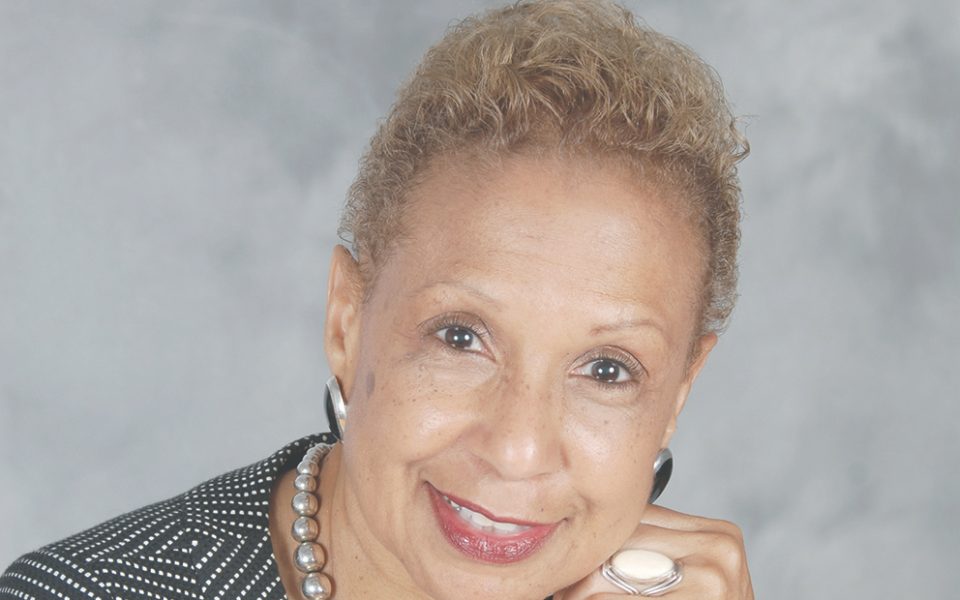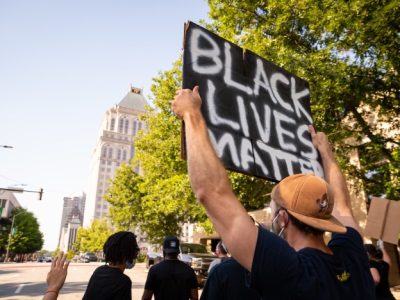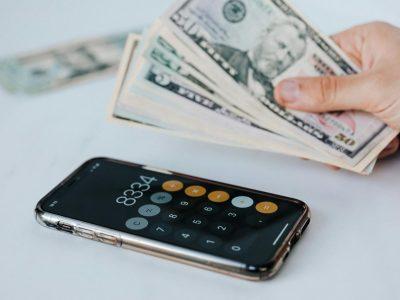Lea E. Williams, an independent scholar in Greensboro, is the author of We Who Believe in Freedom: The Life and Times of Ella Baker, a biography of the civil rights leader for young readers published by the NC Office of Archives and History. Baker is best known for mentoring student activists following the 1960 Woolworth’s lunch counter sit-ins initiated by four NC A&T students, which resulted in the launch of the Student Non-violent Coordinating Committee.
How did this project come about?
It was actually something I wanted to do for probably 20 years. I had my first book published in 1996, Servants of the People. I was interested in leaders who were prominent during the civil rights period. I had read Robert Greenleaf’s Servant Leadership; that was a good framework. I looked at six leaders who were prominent; only one who was a woman. There were not many books that had been written about women. Fannie Lou Hamer was the exception. I persuaded the publishers to let me do an updated version, and in 2009 we added Ella Baker and Septima Clark.
What attracted you to Ella Baker’s story?
Ella Baker was just wonderful in terms of what she did for students and the college sit-in leaders. She’s best known for helping them get organized. She actually touched the NAACP. She worked for the NAACP in various positions. She was also involved in creating the blueprint for the Southern Christian Leadership Conference. It was at that time that the sit-ins in the Greensboro took place. She was interested how this movement from the Greensboro Four caught on. There had been sit-ins before, but until then they didn’t spread across the country. The SCLC gave her $800 to convene a meeting at Shaw University. Martin Luther King came to the meeting. His name in the letter of invitation got people there. At the second meeting in Atlanta, she suggested that the students start their own organization. That became the Student Non-violent Coordinating Committee, or SNCC.
Martin Luther King was the classic example of a charismatic leader while Baker was an organizer. What do you think we can learn about social movements by studying the life of an organizer?
Ella Baker was diametrically opposite in terms of how she organized communities. The NAACP — at the time, Roy Wilkins was head of it. Martin Luther King these were organizations that had a model. The NAACP was all about fighting for African-American rights through court cases. Thurgood Marshall was their lead attorney. The SCLC, they were people who were organizing. It came out of the Montgomery bus boycott. When the boycott came to an end, civil rights leaders told themselves: Maybe we’re on to something. King asked: How can we move this forward?
They had these models that Ella Baker would have described as “top-down.” Baker was diametrically opposite. She went in the communities and asked the people: “What are your needs? How can we help?” The “we” was the NAACP when she was the director of branches. And when she worked for SCLC as well she would seek out the indigenous leaders these were not always the traditional leaders. They might be a beauty shop owner, a barbershop owner. She found people in pool rooms. Wherever she found people who were respected in their communities, she started with them.
Education was a primary component of her style of community organizing. She listened to people to find out what they wanted to do. Whether it was education or teacher pay equity, she designed the program around the needs identified by the community. When she left the community, there was a nucleus of people who could continue the work. It didn’t depend on her doing the work. That was very different from the way the males in the organization operated. She was very much about a participatory-democratic style of leadership. She listened. It wasn’t the hierarchical style where you might have a NAACP branch president and when he — it was almost always a man — spoke everyone just listened.
In one of Ella Baker’s most well known comments, she said, “Until the killing black men, black mothers’ sons, becomes as important to the rest of the country as the killing of a white mother’s son, we who believe in freedom cannot rest.” That sounds very similar to “Black Lives Matter.” Do you think it’s fair to draw a connection?
Isn’t it amazing? I think that was in the 1960s when she was saying those things. There’s a wonderful recording of Sweet Honey in the Rock you can look up on YouTube. You already know the lyrics of the song from that quote. Here we are in 2017 and it just echoes the same idea put forward by the Black Lives Matter movement that is talking about all of the young people men who ‘ve been killed by the police across the country.
What advice do you think Ella Baker would have for Black Lives Matter if she was around today?
What they have done is to organize. You can’t accomplish anything until you organize — she believed in that. A. Philip Randolph, who was really the grandfather of the civil rights movement, he was the head of the Brotherhood of Sleeping Car Porters. These were the people who took care of the people who slept on long-distance train rides. He said you don’t get anywhere until you’re organized.
The black lives matter movement — I think she would advise them to adopt an agenda. The sit-ins, those were events. How do you take an event and make it into a movement? The sit-ins, they may have gone on for many days until some resolution was reached. Then after you accomplish that you can sit at the lunch counter. Then where do you go from there?
[SNCC] spent a lot of time in those six years [of the organization’s existence] trying to figure out what came next. Whether they were going to promote voter registration, which was being pushed by SCLC and Robert Kennedy. He wanted to register more voters so they could vote for John F. Kennedy in his 1964 reelection campaign. The other idea was: No, we need to be in the streets demonstrating for whatever. It could very well be the Freedom Rides and trying to make sure that interstate transportation was integrated. Should be they out in the street demonstrating or should they be in the community registering people to vote? They decided to do both of those. I don’t know that they ever resolved it. Because when the black power movement came along, SNCC fell apart, and they never had to resolve that.
Probably she would look at the Black Lives Matter movement and ask: What is the agenda? Let’s look at what are the goals and objectives, and figure out a plan to carry that out.
You write that Ella Baker provided a model of women’s leadership that was different than the model of women’s leadership in churches and sororities. How do you think she influenced women leaders who came after her?
You have someone like Diane Nash at Fisk University in Nashville. She came from Chicago and was outraged to find the conditions of segregation in the South. I think Nash probably comes to mind as one. Here was an activist civil rights leader. Most of the models they had were the men. Here was a woman who was speaking her mind. They had been exposed to hard-working church women. Ella baker was very exposed to her mother, who was a hard-working church woman. They would have been working quietly in the background. They would not have been in the streets protesting or necessarily had a platform to speak in public. They would have bene exposed to their sororities and the action and education agenda that sororities. They had wonderful programs with lots of community service. With Ella Baker, here’s someone being forceful, being willing to challenge male leadership. I would imagine many of them were seeing that for the first time. They would have found that different from the genteel image that college students and those aspired to the middle class would be exposed to.
Join the First Amendment Society, a membership that goes directly to funding TCB‘s newsroom.
We believe that reporting can save the world.
The TCB First Amendment Society recognizes the vital role of a free, unfettered press with a bundling of local experiences designed to build community, and unique engagements with our newsroom that will help you understand, and shape, local journalism’s critical role in uplifting the people in our cities.
All revenue goes directly into the newsroom as reporters’ salaries and freelance commissions.





Leave a Reply